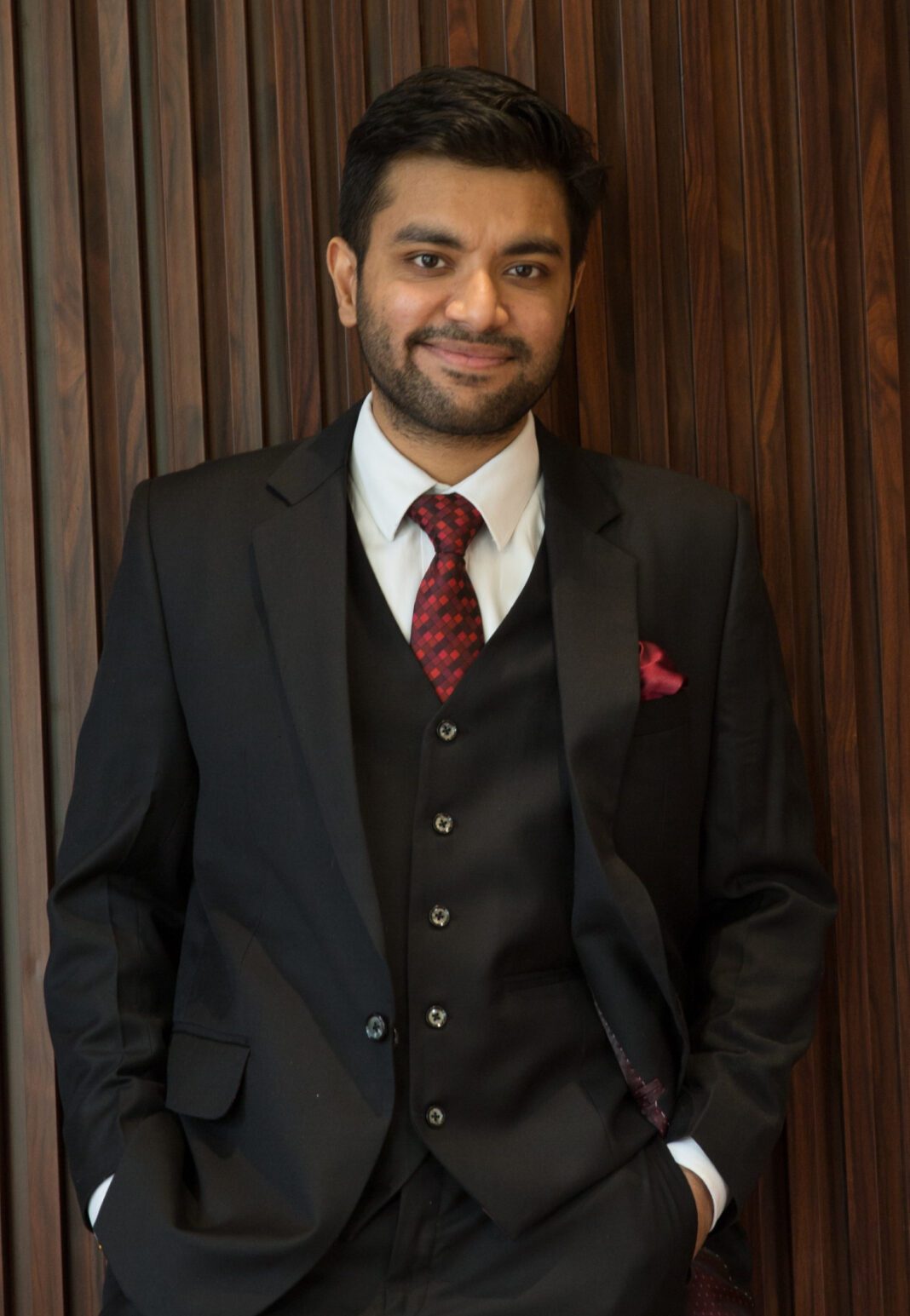Your inspiration to take up engineering as a profession…
My father, Dr Vinod Jain, deeply inspired me. He established our firm long before I was born, and I have always been captivated by the tangible nature of our company’s work. Observing the remarkable buildings he designed, made me realise the lasting impact they had left on the world surrounding us, which fueled my passion for engineering.
Your learning curve from a student to a pro today…
While I would not call myself a ‘pro’ just yet, the journey from being a student to becoming a working professional has been incredibly rewarding. After completing my master’s, I had the privilege of learning from my seniors and my father at our firm, which provided invaluable insights into this craft. During the initial years, I focused on mastering various tools and techniques, bridging the gap between academic learning and practical application.
As I progressed, I took a deeper dive into the nuances of design, honing my ability to create efficiently and thoughtfully. Recently, my work has evolved to tackle complex problems that surpass conventional design approaches. This has required in-depth research and development of innovative solutions that go beyond the capabilities of standard tools and software.
Challenges you face as a structural consultant…
One of the major challenges we encounter is the industry’s relentless focus on minimising costs and tonnage, often at the expense of quality. There is an obsession to save every last gram that can create an environment that compromises safety and encourages cutting corners, all in the pursuit of securing more projects.
Another recurring challenge is to deal with frequent design changes, even at advanced stages like foundation design. At times, architects and clients tend to overlook the significant effort and complexity involved in revising and redoing the design, which tends to strain both time and resources.
How do you see the adoption of rolled sections…
Initially, rolled sections gained widespread acceptance in the Indian construction community. However, their popularity has declined in recent years due to relative inefficiency in weight. For typical multi-storey structures, rolled sections often lead to a 10-20 per cent higher tonnage compared to alternative materials. Given the highly competitive nature of the industry, even a 10 per cent increase in tonnage is often deemed unacceptable, leading to a shift away from rolled sections.
If you can change one thing in the construction practices of India…
I believe structural engineers should play a central role in any project, working alongside architects, rather than having architects solely lead the design process. This integrated approach, beginning at the planning stage, would promote healthy discussions and result in structures that are capable of efficiently counteracting vertical and seismic forces. By finalising the structural geometry early in the concept stage, we can optimise performance and ensure long-term efficiency in the final design.
How has your relationship been with steel…
I have been deeply passionate about exploring steel as a material for over seven years, after completing my bachelor’s. Both my master’s and PhD theses centred on steel-composite structures as well. When I first joined our company, structural steel buildings made up less than five per cent of our total projects. Today, that number has risen to 30 per cent, marking remarkable progress in the steel sector. Steel structures offer speed, elegance, and efficiency, swiftly transforming on-paper designs into completed buildings for instant gratification.
An international project in steel that inspires you…
An international project which inspires me is the John Hancock Centre in Chicago. One of its most striking features which sets it apart is the innovative use of large diagonal bracings and tubular exterior columns, which form an exoskeleton. Unlike many structures where such critical elements are concealed, the Hancock Centre’s facade proudly showcases them, highlighting the inherent beauty of the structure itself. This seamless incorporation of form and function, where the bracings are both functional and visually striking, exemplifies the elegance of structural steel in architecture.
How do you update and upgrade yourself with the changing times…
At Vintech, we are committed to lead the curve by staying updated with the latest codes, design techniques, and innovations in design tools. We regularly brainstorm with our team and engage with industry experts and academicians to make sure we are at the forefront of advancements. For projects outside our area of specialisation, we collaborate with specialists in the field, using such opportunities to deliver high-quality designs and enhance our knowledge and skills in the process. This continuous learning approach ensures we adapt and evolve with the ever-evolving times.
Quick Fire
Your College: Indian Institute of Technology, Delhi and Imperial College, London
Total Experience: 9 Years
Your Inspiration: Dr Vinod Jain and Prof Dipti Ranjan Sahoo
Your mantra for success: To consistently strive for excellence, regardless of the scale of the task.
You want to be remembered as: A Kind Person
Steel projects you are currently working on:
Raphe MPhibr corporate office and production facility, Noida





